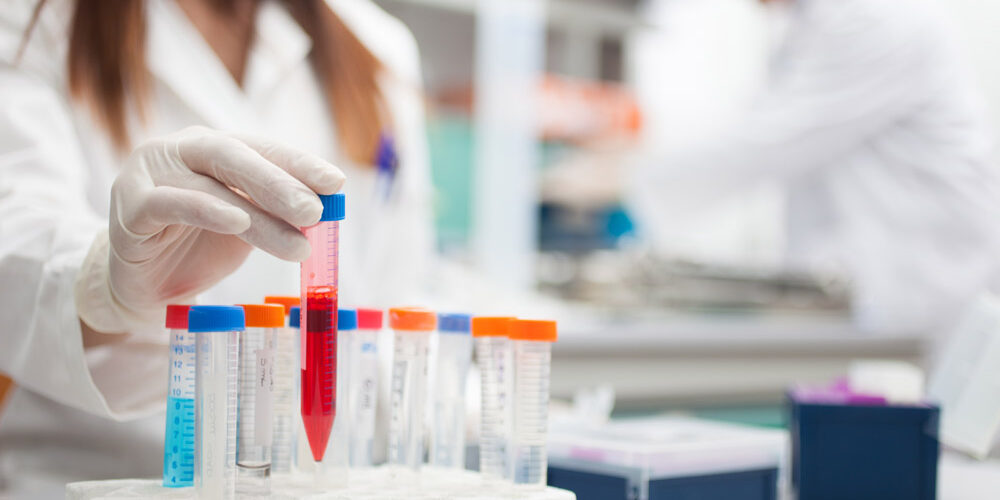Our Mission: Cure Desmoid Tumors
The Desmoid Tumor Research Foundation (DTRF) empowers and unites everyone committed to finding answers for the desmoid tumor community. We aggressively fund desmoid tumor research, accelerate the development of improved therapies, drive collaborations among clinicians and researchers worldwide, and support patients and doctors through education. Our goal is to find a cure for each and every patient diagnosed with this rare disease.
Learn more about submitting a grant proposal.
EXPLORE THE RESEARCH WE’VE FUNDED AT PRESTIGIOUS INSTITUTIONS AROUND THE WORLD.
| Year | Principal Investigator | Award Title | |
|---|---|---|---|
| Year2023 | Principal InvestigatorEldad Elnekave, MD, Shaare Zedek Medical Center | Award Title“Doxorubicin Eluting Embolization for Desmoid Fibromatosis, Clinical trial.” Year 1 of 3 | View Project |
| Year2023 | Principal InvestigatorPeter Hohenberger, MD, University of Heidelberg, Germany | Award Title“An evidence-based 2nd consensus on the treatment for desmoid tumors.” Year 1 of 1 | View Project |
| Year2023 | Principal InvestigatorJoanna Przybyl, PhD, | Award Title“Targeting hexosamine biosynthesis pathway for the treatment of desmoid tumors.” Year 2 of 2 | View Project |
| Year2023 | Principal InvestigatorManon N.G.J.A. Braat, MD, University Medical Center Utrecht | Award Title“Magnetic resonance image-guided high intensity focused ultrasound for patients with desmoid-type fibromatosis: the MAGNIFIED trial.” Year 2 of 2 | View Project |
| Year2023 | Principal InvestigatorSameer Rastogi, MD, All India Institute of Medical Sciences | Award Title“To see the early effect of sorafenib on cognition, cardiovascular and reproductive functions in patients with fibromatosis.” Year 1 of 3 (moved from 2022) | View Project |
| Year2023 | Principal InvestigatorCristabelle De Souza, PhD, Stanford University | Award Title“Activation of c-JUN modulates the transcriptional activity of CD63 serving as a novel target for the treatment of Desmoid Type Fibromatosis.” Year 2 of 3 | View Project |
| Year2022 | Principal InvestigatorJonathan Noujaim, MD, CanSaRCC | Award Title“Tyrosine kinase inhibitors in desmoid-type fibromatosis- a Canadian multicenter retrospective CanSaRCC Study.” Year 1 of 1 | View Project |
| Year2022 | Principal InvestigatorJoanna Przybyl, PhD, Research Institute – McGill University Health Centre | Award Title“Targeting hexosamine biosynthesis pathway for the treatment of desmoid tumors.” Year 1 of 2 | View Project |
| Year2022 | Principal InvestigatorCristabelle De Souza, PhD, Stanford University | Award Title“Activation of c-JUN modulates the transcriptional activity of CD63 serving as a novel target for the treatment of Desmoid Type Fibromatosis.” Year 1 of 3 | View Project |
| Year2022 | Principal InvestigatorSameer Rastogi, MD, All India Institute of Medical Sciences | Award Title“To see the early effect of sorafenib on cognition, cardiovascular and reproductive functions in patients with fibromatosis.” Year 1 of 3 | View Project |

Clinicians & Researchers Newsletter
Receive monthly updates about treatment advances, grant applications, clinical trials, CME opportunities, and more.
